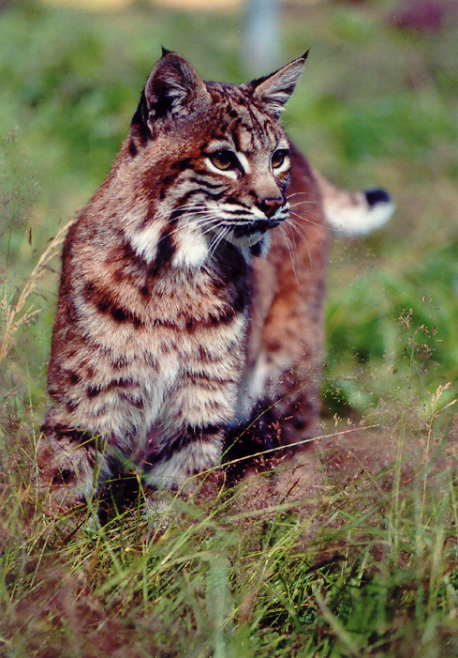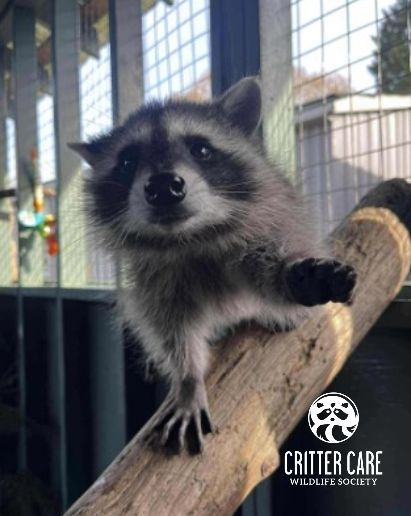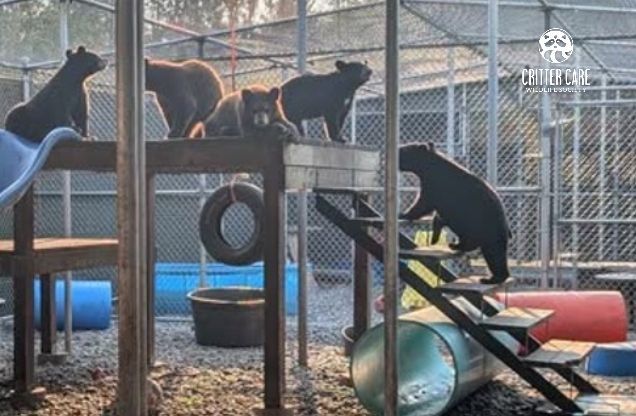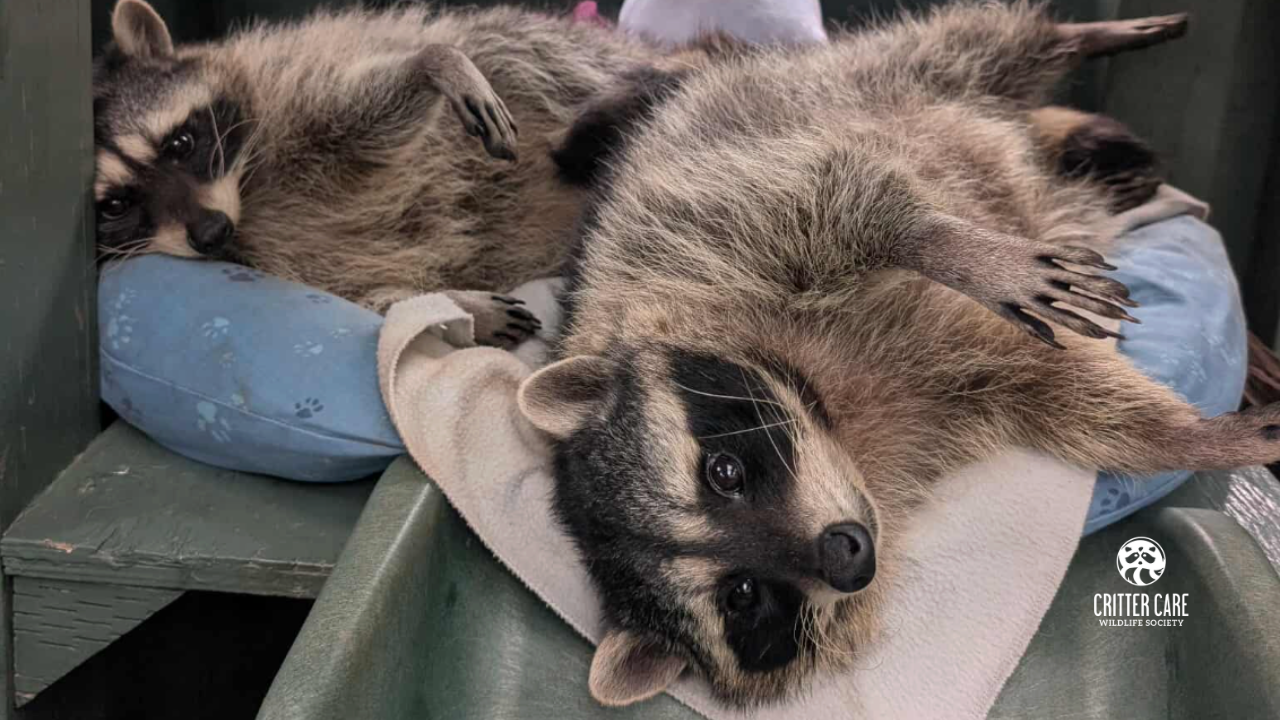She arrived at Critter Care barely six weeks old, already in poor condition, suffering from malnutrition and almost hypothermic. Her blood sugar levels were so erratic, she kept ‘crashing’ and eventually became comatose. Fearing the worst, Gail Martin made the decision to take her out of the Centre in order to provide 24 hour, one on one care in the quiet of her own home. It was touch and go! After 48 hours of round the clock care and monitoring, Gail needed sleep. She tucked Hoover into a heated incubator, murmured a quick prayer and lay down for a while. When she awoke suddenly in the wee small hours, she hurried over to the incubator expecting to find a dead bobcat on her hands. Instead, two bright, inquisitive eyes stared back at her. Hoover was on the mend. As her appetite returned, she began to fill out, vacuuming up everything put before her – hence her name! In the hope that she could eventually be released, she remained at Gail’s home isolated from further human contact.
Around that time Gail received a call from Fort St. John where they had a baby lynx of approximately the same age and it was suggested that both babies be sent to a rehabber in Dawson Creek so that they could be raised together. Four weeks later, now happy, healthy and chubby, Hoover was shipped off to yet another home until she would be ready for release. But again, the best intentions in the world did not create the ending that was planned. Ten months later, the rehabber in Dawson Creek phoned to say ‘Gail, this bobcat doesn’t want to be wild – she’s nothing but a little house cat!’
So, in July of 2002, instead of being released, Hoover returned to Critter Care. Thanks to the Vancouver Foundation and the Irene Joy Stewart and Florence Sheddon Endowment Fund for Domestic and Wild Animal Welfare, a beautiful new cage had been constructed for her. Gail and her volunteers have filled it with hanging toys, tree stumps to climb on, barrels to hide in, and a shed to sleep in. And, the minute she arrived, she recognized Gail instantly. She was one happy cat! Back where she had been loved and nursed back to health. Her motor revved up and just like any domestic cat, the sound of her purring could be heard several feet away!
While Critter Care’s aim is always to release back to the wild the animals that come into our care – there are occasions when it is not possible to do so. Gail says ‘ things happen for a reason. Hoover is happy. She is healthy. She knows who and what she is. But more importantly she will and has become an ambassador for Critter Care and for all wild animals.
She will be a living reminder of the wonders of nature, the importance of retaining a natural habitat where these animals can grow and thrive, and of the damage people can do when they intervene in the lives of wild animals. It would have been better if Hoover could have been released but we must think of her as a gift!’
And we do.
Mavis Sutton





